Will I Ever Get Better At Playing The Banjo?
“Will I ever get better?” is the perennial cry of the banjo pre-beginner (folks say there is no such thing as a pre-beginner but I have been one for 10 years…) or beginner banjo player. We always feel just a tad bit “lacking” in improvement despite all of our best efforts. The truth is that we have more than likely made more progress than we know.
A LOOK BACK:
I have been playing banjo for over 10 years. I tell folks that I SOUND like I have been a banjo player for “at least 10 minutes” which always gets a chuckle. The truth is somewhere in between.
The other day I pulled out some of my old song sheets. I was watching the “Muppet Movie” and was inspired to try my old arrangement of “The Rainbow Connection”. It actually has what NOW seem modest chord forms: Em, Bm, Bmajor, C, D7, and of course open G. Back when I first learned it I complained to my teacher about the Em and Bm; “Why are you so mean? Why do I have to do those chords? Can’t you make it easier?”
Today it is a different story. I can easily make those chords and the song is so much fun to play. I had no idea, 8 years ago, that it would EVER happen this way. And when I was first shown a C chord, I moaned for weeks. I can close my eyes and make a good C chord today but I NEVER thought the day would come those many years ago.
IN THE HERE AND NOW:
Sharing these stories is just a way of telling you that YES, you WILL get better!
So how do you measure this “unknown” progress?
- For those of you who have been playing a few months or more and are despairing, go back and pull out some of your first songs and play them. Easier than the first time? They should be…only we tend to forget how hard they seemed when we first learned them. You can borrow my old friend, “The Rainbow Connection”, if you can’t find any of your own favorites.
- Do you have a friend that you play with? Did you ever think you would be playing with anyone or in front of people? I never did.
The first time I had to play in front of a group it was at an elementary school. The school called the factory to see if someone would come out and read to the children during “literacy” week. I volunteered…heck, I at least knew how to read.
We set the date. The “week of” they call back to remind me and said, “Oh, and don’t forget your banjo so you can play for the kids.” WHAT? Who said anything about playing? So, I started practicing a couple of simple tunes but quite frankly, I was terrified at the thought of actually playing in front of anyone. I asked for the 1st graders, figuring they wouldn’t notice if I goofed up. I read them the book about the Yak who overcame his fears and we had a good time with that. Hey, I told you I could read. Then it came time to play. I thought it best to be honest with the children so I told them I was afraid because I had never played in front of anyone. I mustered up “Twinkle-Twinkle Little Star” while they sang and we also sang “Happy Birthday” to the child whose birthday was closest to that day. OK…I did miss a few notes but they didn’t notice my fumble or were too polite to say so. They all clapped and one sweet child looked up at me from her seat on the floor and said “You played really good.” God Bless Her! Since that day, I have taught others to strum banjo, played at our factory open house during the holidays and actually did a program or two at our local libraries. If you had told me I would do THAT 10 years ago, I would have questioned your sanity!
- If you have a metronome, this is a marvelous tool to help you understand how far you have come. Start out at the slowest speed and do a series of banjo rolls. The fact that you KNOW your banjo rolls is also an indicator of your progress. Now bump up the speed just a little and continue with your roll patterns. As you continue this slow upward progression, you will eventually hit a point at which your roll pattern playing begins to lose integrity. In other words, playing at that faster speed is not clean, clear, and crisp. Stop there and review how FAR from the slowest speed you have gone. That’s progress.
- Can you read tablature? That is something we tend to forget we didn’t know how to do until we took up playing the banjo.
- Can you play by just listening to a tune? That is a skill you have developed.
- How many songs do you know? Remember, you didn’t know even ONE when you first started.
- Can you sing and play at the same time? That is not an easy thing to do in the beginning. Your hands have to know where to go while your mouth is moving. I know that sounds silly but the first time I tried to sing a new song and play; I realized how hard it was. Until you have the muscle memory in your hands, your singing is distracting! Those of you who play should understand what I mean.
YOUR VERY FIRST TIME:
If you have never played a banjo or any other acoustic stringed instrument, then now is a great time to start charting your progress.
What do you need to make this happen?
- Start with a good banjo. A Goodtime banjo is built to help you be successful. This is important…an instrument with the scale cut correctly sounds musical. An instrument that is comfortable to play with will encourage you to come back for more playing time.
- Get the Deering Two-finger DVD. You will be strumming and singing along in about 10 minutes or less. I have taught this simple strumming method developed by our sales manager here at Deering to countless individuals at festivals. I love the smiles on their faces when they find out it is easier to make music than they could ever imagine!
- Get a basic banjo book and learn about the parts of the banjo.
- Learn basic roll patterns.
- Practice slowly…using a metronome to keep the pace steady and slow.
- Record yourself daily or weekly…and you will soon begin to see how your playing speed improves. Notice that your “natural speed” on the metronome has bumped up slowly over time…a true measure of your progress.
- Practice…I know I said this before but it is the key to true growth.
- Find a basic tune you like. Practice your rolls first and then move on to the song.
- Sing while you play.
Before long, you will have stories of your own progress to share with others.
That’s the real sign of growth. When you can look back at the “new you” and the “now you” with a smile and a laugh, you will know the real joy of music!
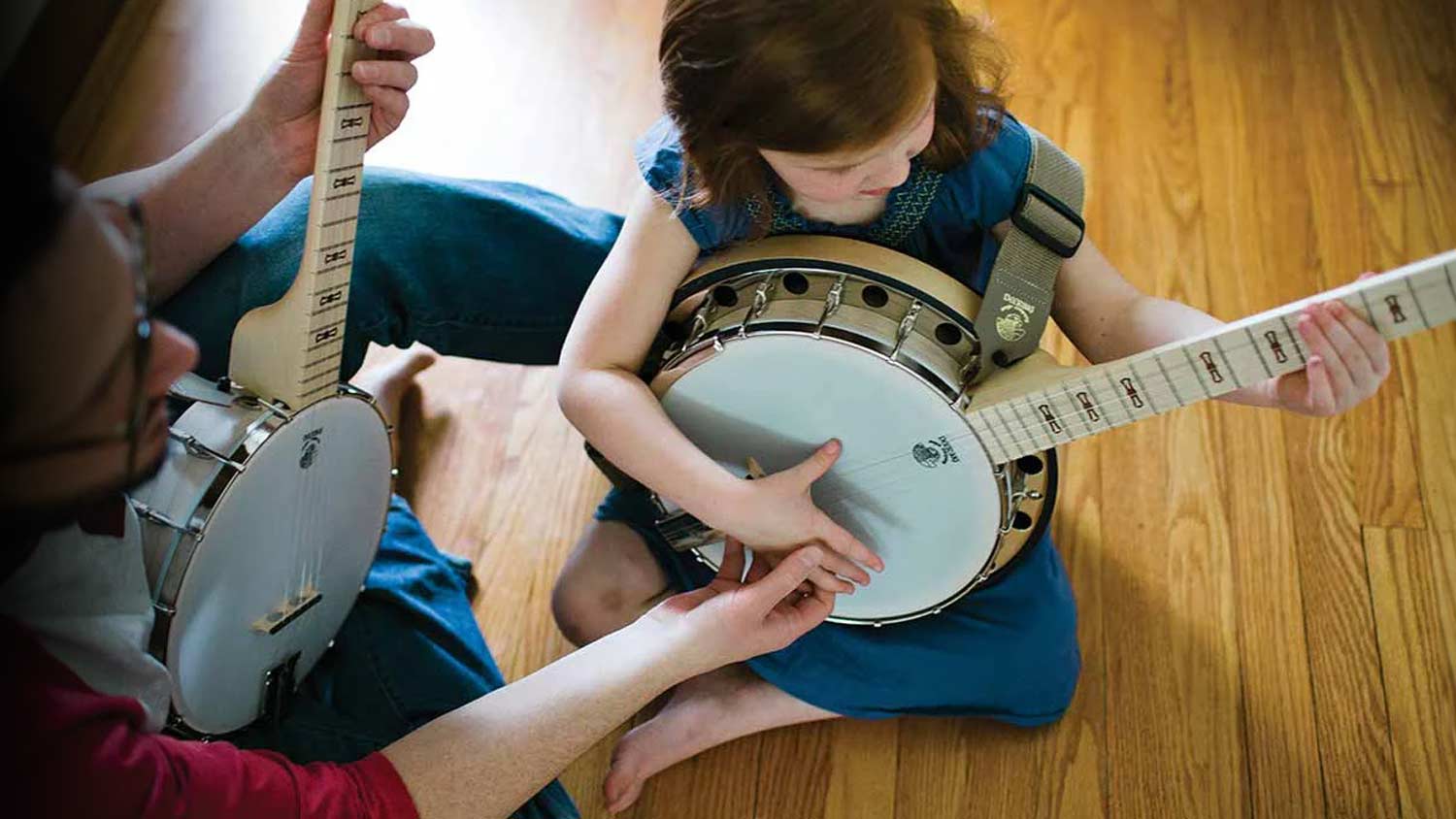



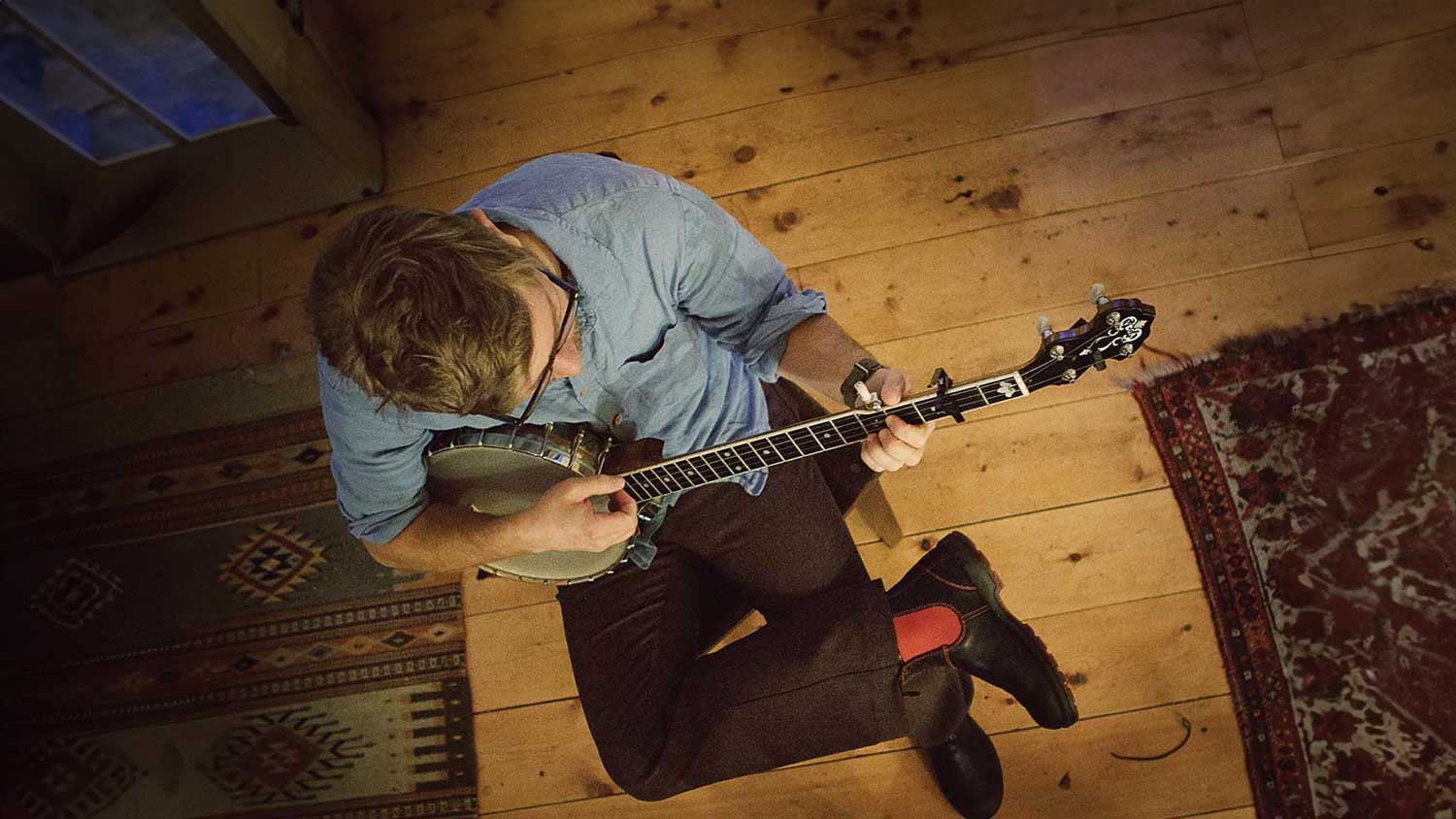
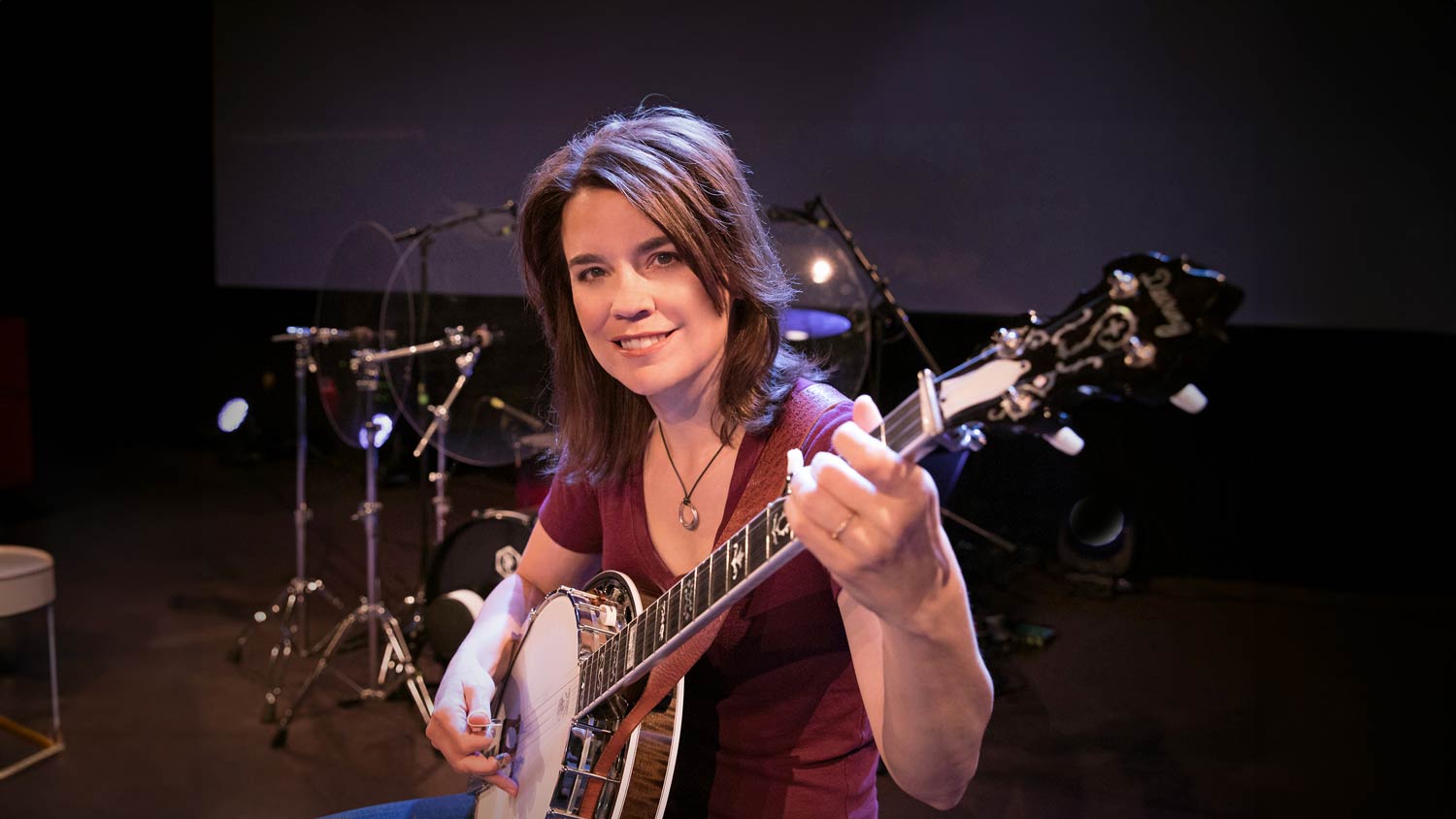

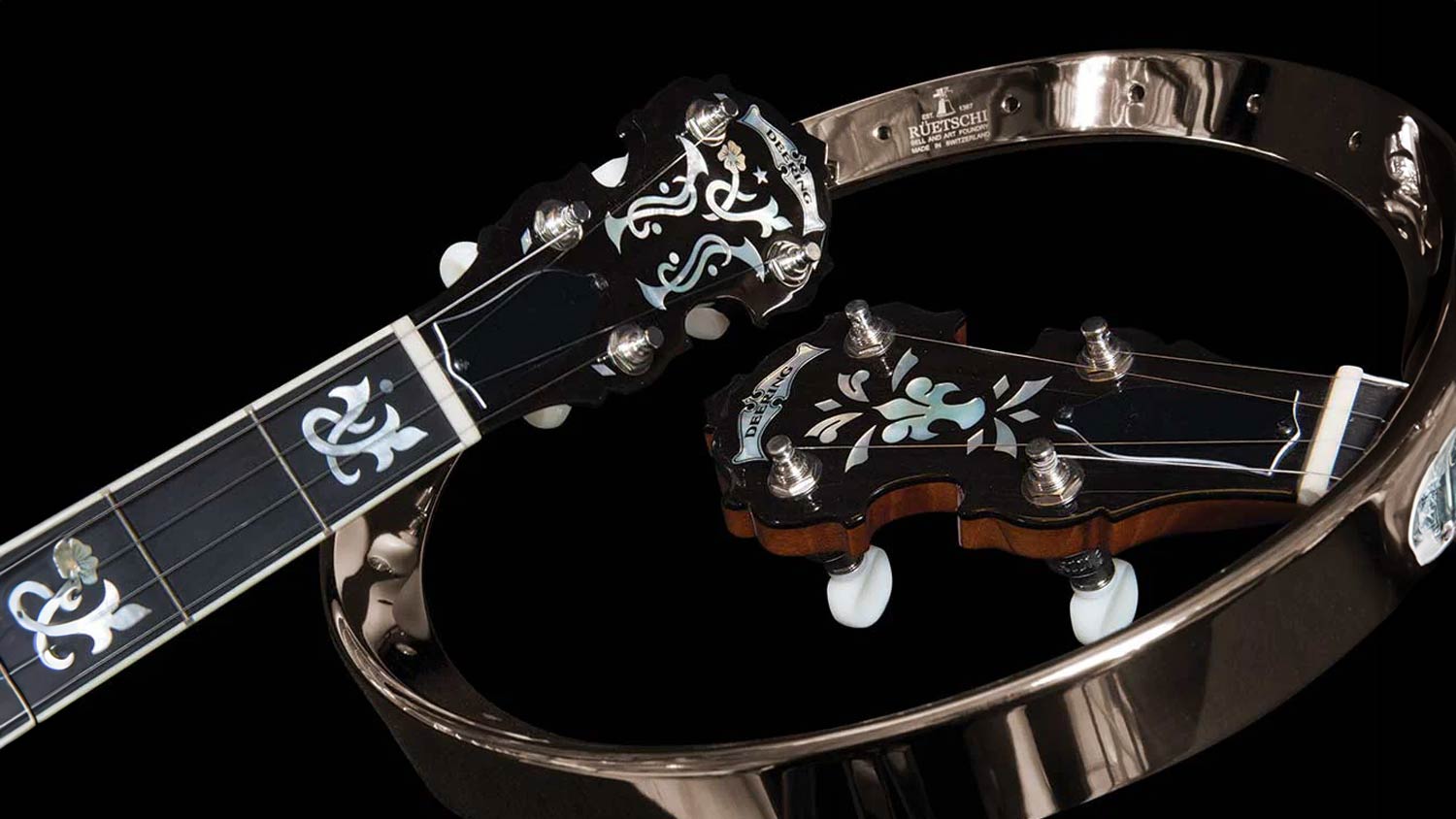

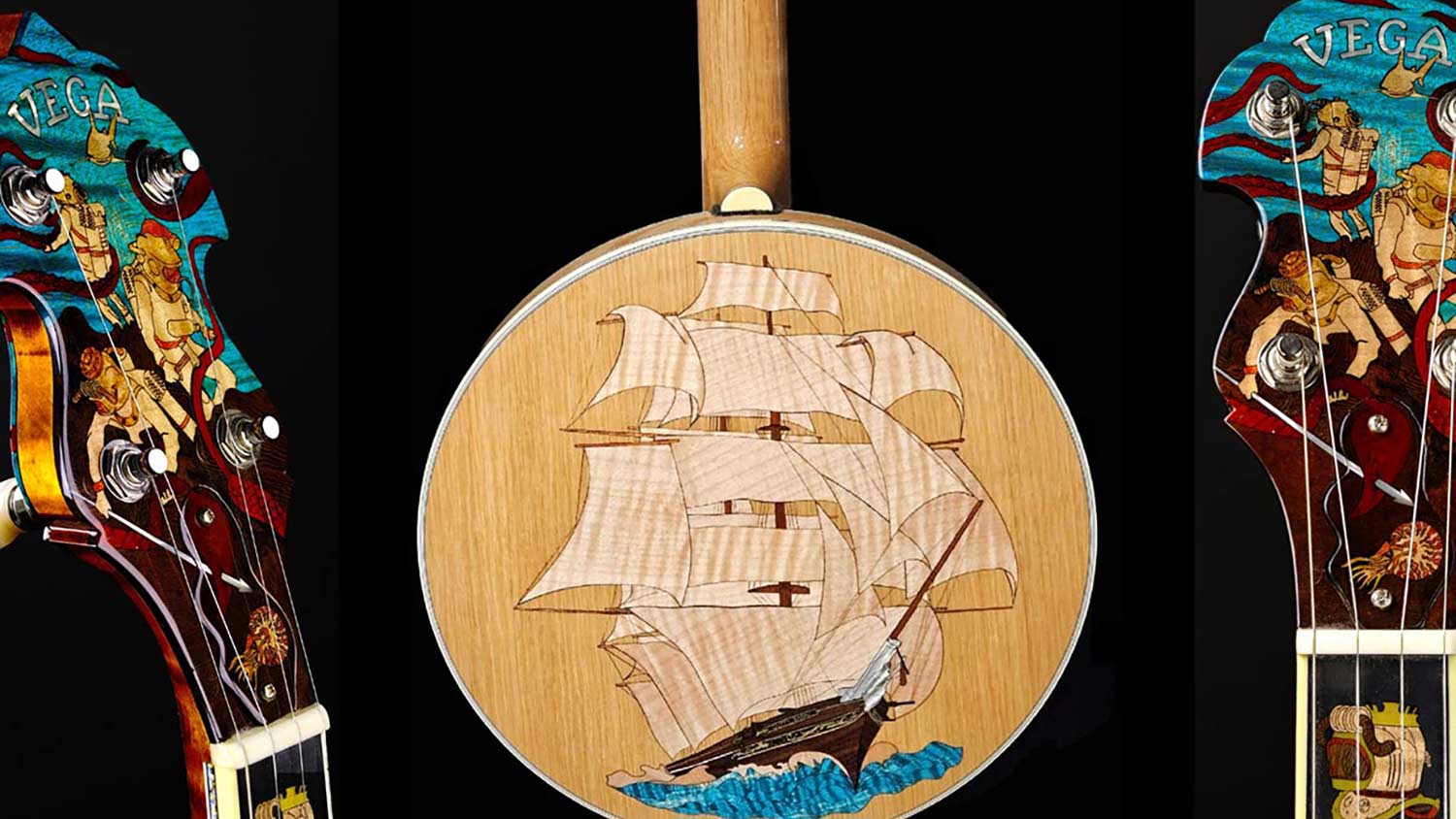





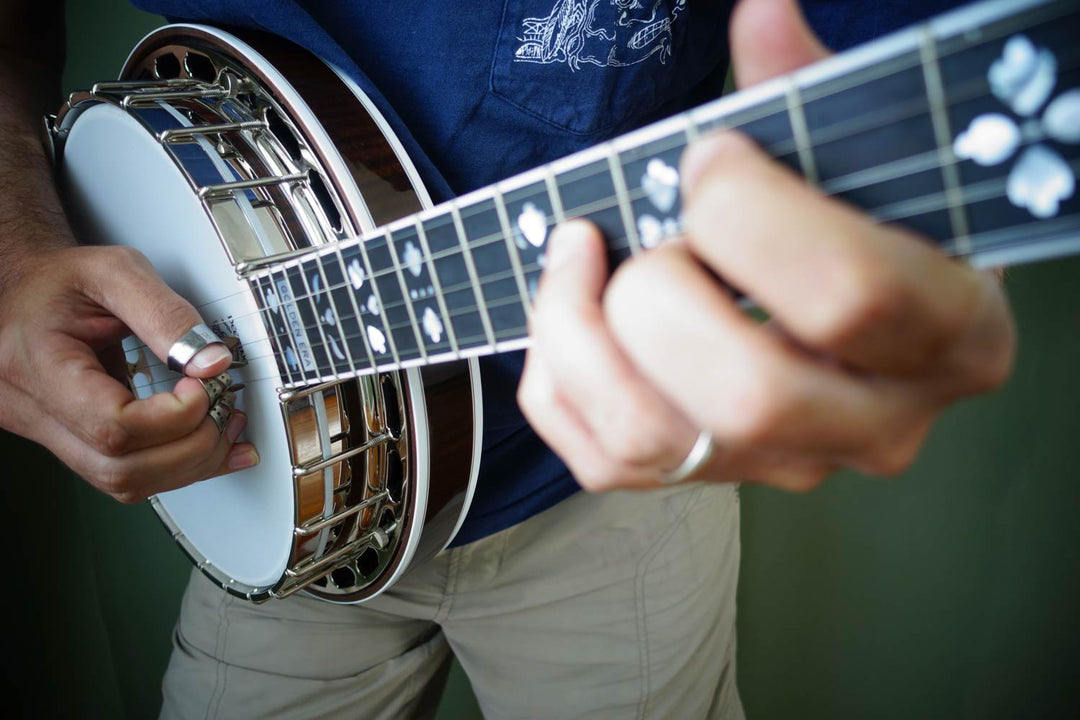
I WANA PLAY GOT A NICE DEERING BANJO BEEN IN CLOSET MORE THAN PLAYED GOTA LEARN TO USE FINGERS ON STRINGS TO PLAY GUESS THEY CALL IT ROLLS AND GOTA LEARN TO MAKE CORDS WITH MY LEFT HAND THATS MY STRONGEST HAND IM A LEFTIE OR SOUTH PAW AND STRUM WITH MY RIGHT HAND I REALLY WANTA PLAY SO BAD LOVE BANJO MUSIC . DNT HAVE MUCH MONEY TO LEARN TO PLAY SO I HAVE TO LEARN TO PLAY BY MY SELF GOT A TON OF BOOKS AND CDS. LIKE ROSS NICKERSON HOW TO PLAY THE BANJO WISH I COULD GET THE ROLLS AND THE FINGERING DOWN WELL THANKS FOR YOUR TIME P.S.HELP HELP HELP.
Hi – I’ve been playing my Sierra for around 18 months now and although I’m pretty good on the forward rolls, the backward rolls are not as ‘natural’ to play somehow. In other words I can’t play them as fast as forward rolls cleanly. Is this just a brain/fingers thing that most pickers experience? Or just a case of more practicing. I was listening to the intro to ‘Dooley’ which features backward rolls and he is quick!! Thanks.
You forgot to mention all the books written around the idea of ten thousand hours of practice. Now that sounds like a lot of practice – and it is. But thats for getting to World Class standard, not playing in fornt of a hundred drinkers at the pub. That will take about one to two thousand hours from a standing start. It’s pretty easy to calculate where you are on that learning line.
But the big issue is how much you can do in a day and what your practice comprises. To really progress you need to be doing purposeful practice – that’s the hard grinding stuff – not bimbling through your back catalogue of tunes you already know. Real practice is really hard work and as a result you can only do about three hours of this sort of playing per day. So 10,000 hours will take you about ten years. See, I told you that was for World Class and now you see why.
But for an average player who is keen to progress at an hour a day that’s nearly 400 hours a year. So you should be ready for a pretty competant public appearance ( where you get paid to play – that’s a big differentiator) in about 2 1/2 years from a complete non-playing beginner.
And think its all about talent? Well that’s where the books and research will show you its actually all about practice.
these are the best books on the research –
“Bounce” by Matthew Syed
“The Talent Code”
“Talent is Overrated”
And here’s one of the original papers these books were based on – http://www.psychologytoday.com/files/u81/Ericsson__Roring__and_Nandagopal__2007_.pdf
Basically it says that practice is the secret – not talent. All great players practice a huge amount and always have – ie ten thousand hours to get up there. For the rest of us a couple of thousand will make you the best in the County.
Lastly, if you got down to this paragraph. Practice has a lot of repetition in it, so you can work out how long it may take to get to the end of that book you have. Over many years I have been able to see and calculate that my students manage to nail a bar, two bars or a line after between 50-70 times spread over a week (say 10x through per day). Now a single line takes about 15 seconds to play ( average between painfully slowly and up-to-speed over the week), so 60×15 seconds = 15 minutes to learn each new line. So a book with 200 staves of TAB or music will take 15x 200 = 50 hours or about two months at an hour a day. My students have always found it motivating to know those tunes at the back of the book will be played by them in a known target time – they just have to keep on the plan. Of course if you don’t have a day job or a private life you can grind out three hours a day and do it in 17 days. You can only imagine how excited your neighbours are gonna be on those hot summer evenings, listening to you practicing for three hours every night as they swing on the porch.
I just inherited my great grandfathers four string tenor banjo. What would be the best book to get to learn how to play and accessories needed to honor his memory?
I got alittle overwhelmed at my Banjo Class last Thursday… and was abit discouraged, but now I am going to go up to Northern Saskatchewan where there is nothing to do but canoe and fish,and play the Banjo… and altho I started playing the gaitar again tonight for solace, I realize my new best friend is really my Deering Crow Banjo…
Leave a comment